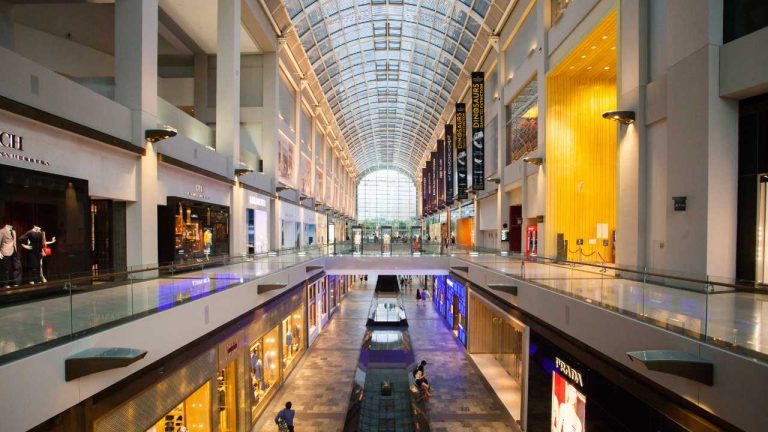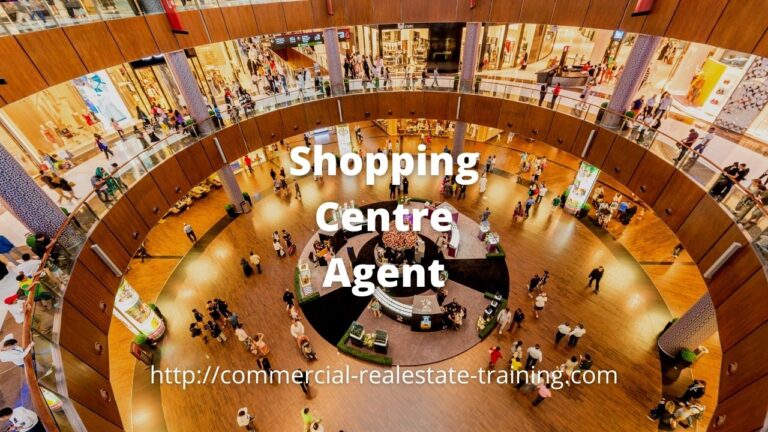Detailed Landlord Reporting Requirements in Shopping Center Management and Leasing
A retail shopping centre is a complex investment type property that requires close monitoring and reporting. Many things can go wrong in a shopping centre that will have a big impact on property performance.
If you compare the retail property type to that of office or industrial, the level of reporting and control in retail is significantly higher and needs to be so. That level of control and monitoring should have a direct impact on the level of management fees charged by asset and facility managers; higher management and leasing fees are required.
So let’s look at the landlord reporting processes in Retail Shopping Centre Management. In a complex property of many tenants (specialty tenants and anchor tenants), there would be a need to report weekly, monthly, quarterly, and annually. The intensity of reporting is required to help the landlord and property manager stay ahead of any shifts in Retail and Tenant Key Performance Indicators.
Here is a framework of a typical monthly report to a landlord in the management and leasing of a shopping centre. You can add to the framework based on your property type, function, and location.
- Income – It stands to reason that the level of income being achieved from a property will be of great interest to the landlord and their financiers. So the income assessed will be both gross and net rental income. That income will be split across categories such as rent (gross and net), outgoings recovery, impact of rental incentives, and supplementary income (licences and casual rentals). Income should be optimised and compared to current market rental conditions in properties of similar type.
- Expenditure – The expenditure for a shopping centre will be diverse across many different categories. Some costs to run a property will be controllable (like discretionary maintenance, repairs, and cosmetic renovations), whilst others will be uncontrollable (rates and taxes, energy, and insurances). That is where the budgeting of expenditure becomes important and that is the job of the Shopping Centre Manager
- Rent Reviews and Options for Renewal – These two factors are lease oriented and will have a significant impact on rentals and income achieved from the property. Having been involved in larger shopping centres for some years, I would recommend that any rent reviews and options inside the next 18 months should be closely tracked; in that way you can establish market rental opinions and lease negotiations early and stay ahead of any critical dates.
- Tenant Mix changes and relocations – In larger retail properties it is common to be moving tenants around and changing the ‘clusters’ of tenants in the mix. That is how you achieve customer interest in the property and improve sales for tenant categories. The process of changes to the tenant mix should be decided and set in the property business plan before the financial year starts.
- MAT (Moving Annual Turnover) – The movement of turnover in a retail property should be monitored each month in the tenant groups and categories. You can also monitor the turnover in ‘clusters’ around the property to understand where sales are being made and not being made. Some parts of the property will be better than others when it comes to sales and that is likely to be due to foot traffic and proximity to anchor tenants and main entrances.
- Marketing – Retail properties should be marketed to improve customer visits, sales and community awareness. It is normal for the retail tenants to contribute towards the marketing of a retail property. The contribution will normally be a percentage of their rental (5% is a standard number), and the payment structure is factored into the lease for the property or premises.
- Maintenance – A large retail property will always have plenty of maintenance activity at any point in time; that activity should be tracked and managed to the expenditure budget for the property. Importantly the expenditure should be maintained to industry standards and levels. The expenditure budget is set as part of the annual business plan for the property.
- Vacancy management – Most landlords don’t want to have vacancies in their properties; although the occasional vacancy is needed especially when you need to renovate a part of the property or move tenants to improve the tenant mix. On that basis, vacancy management is a special part of the business plan for the retail property.
- Lease documentation and negotiations – In any large retail property there are plenty of lease issues under discussion and modification. That is where a monthly reporting process is of high value. You can and should update the landlord on the status of the outstanding lease negotiations and documentation.
- Market conditions – When you look at your town or city and your retail property type, there are things to be tracked that will give you an understanding of property performance and rental volatility. Comparable properties will have vacancy factors, redevelopment issues, market rentals, and factors of tenant mix that you can learn from. The landlord should be briefed on those each month.
So as you can see there are plenty of important things to include in your retail property management report to your landlord client. There are specific things to be monitored and managed. Don’t forget to charge a good fee as part of the process.
As a market segment, Retail Property Management and Leasing is quite special and specific people with relevant skills are required.





